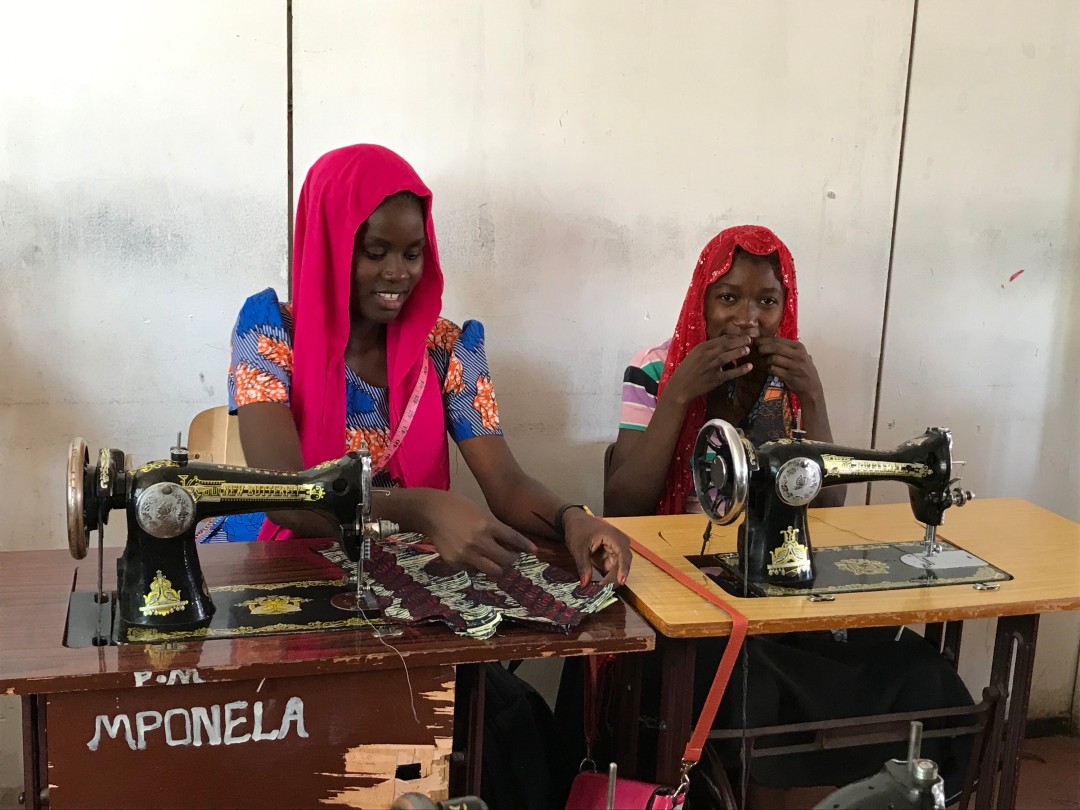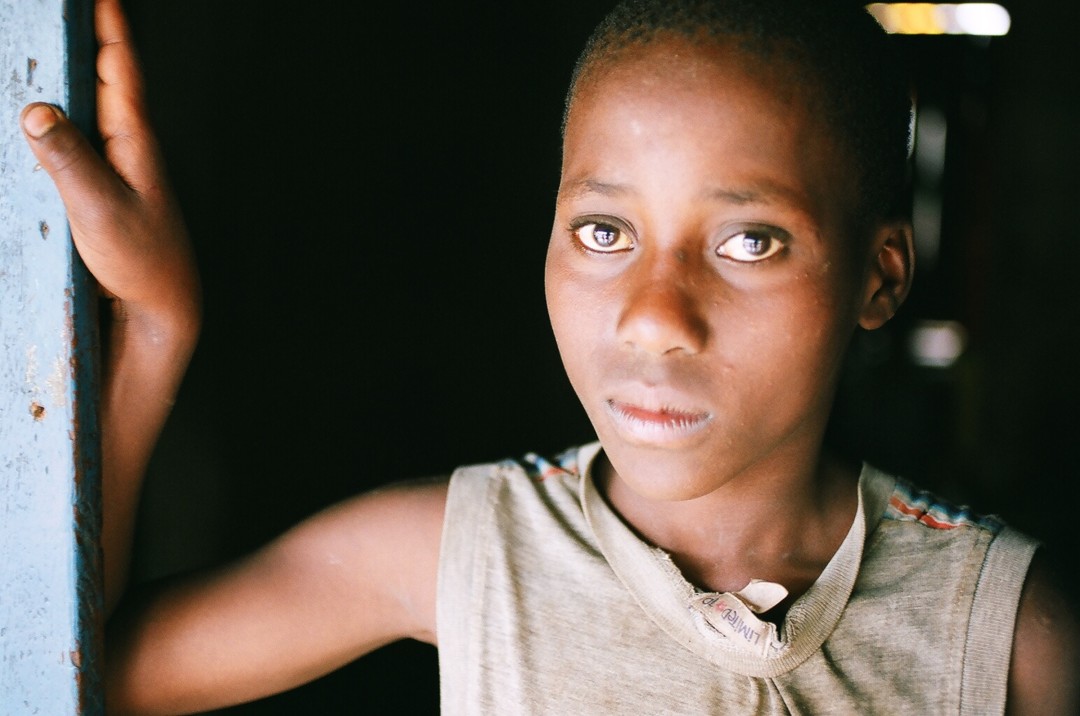Empowering street connected girls
The project led by Railway Children Africa aiming to empower street-connected girls and young women with the tools they need to secure a sustainable income, enabling them to support themselves and their dependents has successfully come to an end. The primary objective of the project was to empower two groups of approximately 30 at-risk and street-connected girls and young women aged 15-24 in Dar es Salaam with the skills and confidence needed to generate their income, enabling them to break away from street life and sex work permanently. The project exceeded the planned number of beneficiaries. It was implemented in Kinondoni municipal council, this was based on a recommendation from the District Authorities who identified the council as having a higher concentration of vulnerable Girls and Young Women (GYW) in the Dar es Salaam region. By the project's end, 16 GYW completed apprenticeship/vocational training (5 tailoring courses, 2 - housekeeping, 7 - hairdressing and beauty apprenticeships, and 2 - catering and food processing). Additionally, 19 GYW opted to start small businesses, and they were provided with enhanced training in business management and provided with business start-up materials to launch their ventures. The girls were also equipped with life skills including sexual and reproductive health. All beneficiaries, including their 23 children were provided with an Integrated Health Insurance Fund (ICHF) to enhance their access to health care. All of the young ladies increased their income to the project target of 80% enabling them to reach self-sufficiency and autonomy, underlining the positive impact this initiative has had on their lives. 35 GYW supported establishing sustainable income-generating activities through self-run businesses by providing training and a start-up packages.
Founded in 2010, Railway Children Africa is the East African local affiliate of the Railway Children Global Group and provides empowering solutions to street-connected children and youth in an East African context.
News
Type
Education / Community DevelopmentDuration
March 2023 – May 2024Location
Dar es Salaam / TanzaniaWith whom
Railway Children Africa
Website


Tanzania
Population
57.3 million (2017)
Per Capita Income
USD 920/year
Poverty rate *
28% (2011)
Literacy rate
78% (2016)
Human Development Index
154TH OUT OF 189 COUNTRIES (2018)
Tanzania has experienced high and relatively stable growth rates over the past decade. At the same time, Tanzania is lagging in primary school completion, maternal health, poverty eradication, malnutrition and environmental sustainability. While the poverty rate has recently declined, the absolute number of the poor has not changed due to the fast pace of population growth (3% per annum). It has made little progress towards reducing extreme hunger and malnutrition, particularly in rural areas. However, scrapping contributions for primary and secondary school has drastically increased primary school enrolment.
Sources: World Food Program, UNICEF, World Bank, 2016 Human Development Report, Human Development Indices and Indicators (2018 Statistical Update)
*The percentage of the population living below the national poverty line.